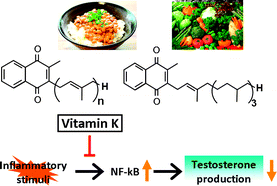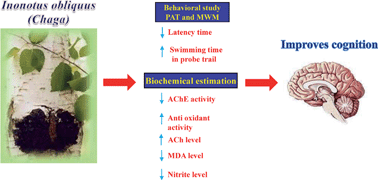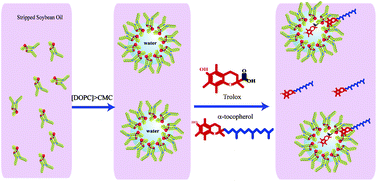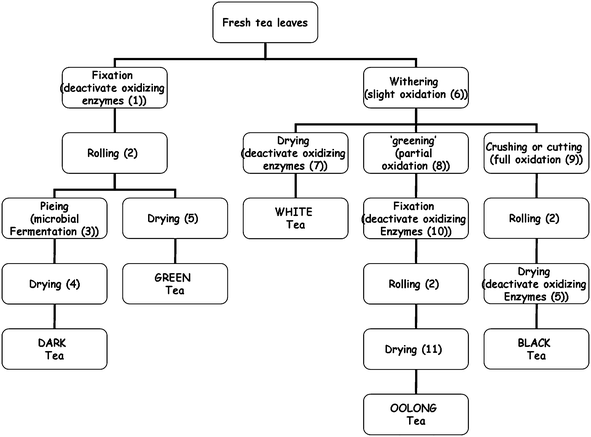Researchers from Shizuoka, Japan, have investigated the effects of dietary vitamin K on testosterpone production (steroidogenesis) in rats. Vitamin K, found in foods such as spinach and broccoli is known to be essential for blood coagulation and bone metabolism, however, it is also found in the brain, kidney and gonadal tissues, and its function there is unknown.
The aim of this study was to better understand the function Vitamin K in the gonadal tissues. Vitamin K supplementation has previously been shown to suppress inflammation. Deficiency has been shown to decrease testicular testosterone levels. In this study, rats were fed either vitamin K-free or control diets for 35 days, and then administered lipopolysaccharide to induce inflammation for 6 hours. The team looked at the expression of proteins involved in steroidogenesis, including Cyp11a, a rate-limiting enzyme. The results showed that testosterone levels were significantly reduced in the vitamin K-free diet group compared with the control diet group after lipopolysaccharide was added. Levels of Cyp11a were reduced as well as other changes in the steroidogenesis pathway. The team’s findings suggest that Testicular vitamin K might facilitate the inhibition of inflammation signal transduction and its function in the testes is to maintain steady levels of testosterone.
It is known that chronic inflammation contributes to the age-related reduction in testosterone synthesis, and lowering of testosterone levels in the blood is considered a pathogenic factor of age related diseases, such as cancer, osteoporosis and atherosclerosis. Therefore, incorporating vitamin K into the diet may contribute to maintaining sufficient levels of testosterone.
To find out more, read the article in full for free: follow the link below:
Dietary vitamin K alleviates the reduction in testosterone production induced by lipopolysaccharide administration in rat testis, Naofumi Takumi, Hitoshi Shirakawa, Yusuke Ohsaki, Asagi Ito, Takaya Watanabe, Puspo E. Giriwono, Toshiro Sato and Michio Komai, Food Funct., 2011, DOI: 10.1039/c1fo10058k















